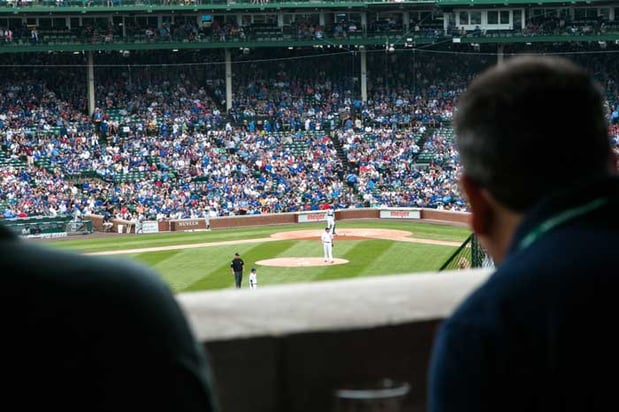
On September 20, 2017 at Yankee Stadium, a toddler was struck in the face by a 105-mph baseball off the bat of Yankee Todd Frazier. In the hours immediately following the harrowing incident, Major League Baseball Commissioner Rob Manfred made a promise to spectators to make taking in a game a safer experience.
While some argued that sudden implementation of these safety regulations would impede the fan experience, for most, the changes made perfect sense.
Known as America’s pastime, baseball attracts thousands of fans across the United States to stadiums each and every year. The unfortunate reality is that nearly 2,000 spectators are hit by bats and balls while watching games each and every year. While not every instance involved injury, many had begun to question whether or not a slightly obstructed view was worth running the risk of injury to both adults and children.
Fast forward to 2018 and 26 of the 30 MLB teams have decided to conform to the new guidelines, of installing additional protective netting down foul lines. Sizing and specifications differ from ball park to ball park given the unique design of each, and the New York Yankees are already in the process of installing their custom expanded netting.
Using a green-coloured netting designed to maintain the best viewing opportunity for spectators, it will rise nine feet above each of the dugouts. The bottom three feet of the netting is said to be completely retractable and will be pulled up during batting practice ahead of games to keep the fan experience of getting close to the players intact.
Beyond the dugouts, the new netting at Yankee Stadium will rise eight feet above the field surface following the foul line.
As of this publication, only four teams have yet to begin preparations for new netting along foul lines including the Chicago White Sox, Oakland Athletics, Baltimore Orioles and Miami Marlins.
Second only to spectator safety is fan experience; a consideration many teams are placing a lot of emphasis on during the design and installation process of these netting barriers. While some teams still seem to be holding out, it is our contention that it won’t be long until all 30 ball parks feature the proper protections for their fan base.
.png)

